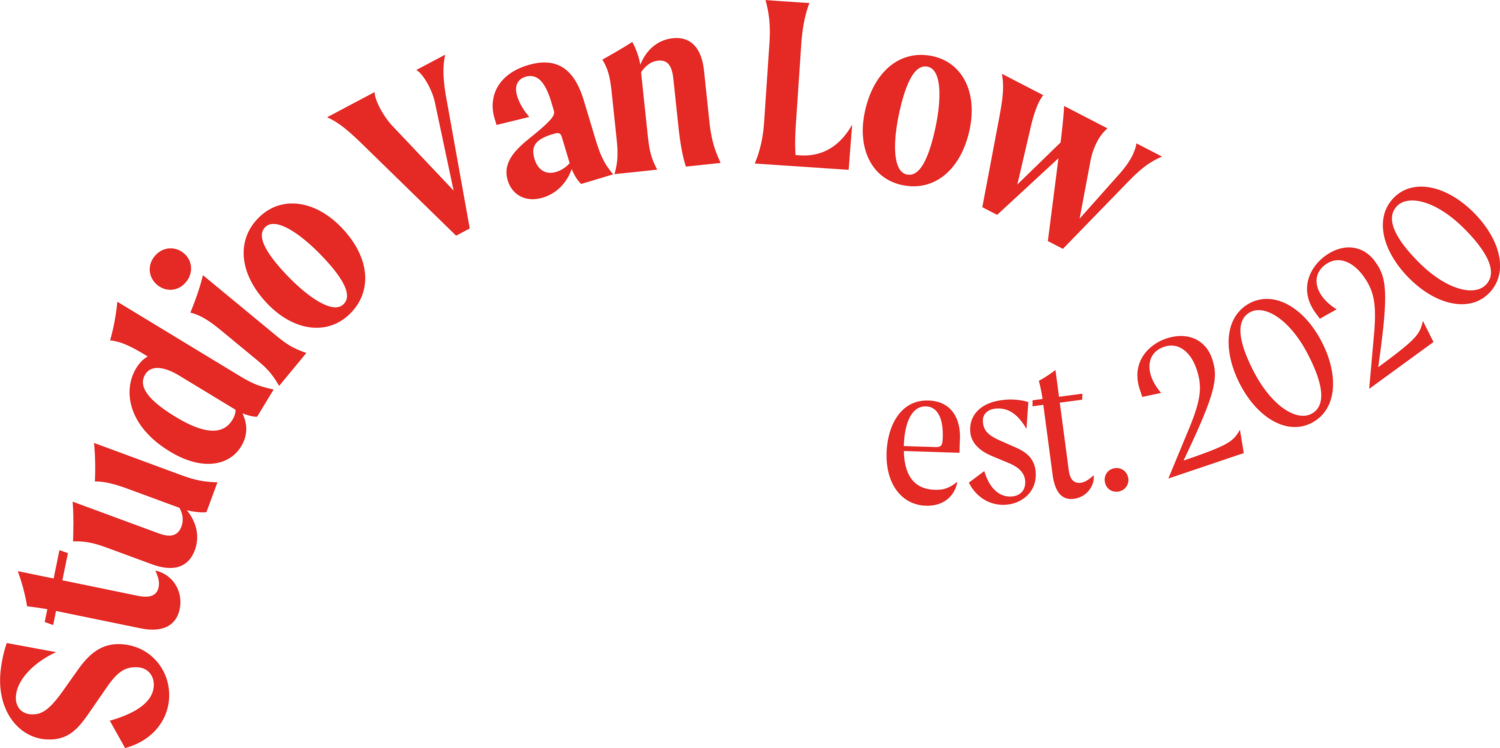Wansolwara: One Salt Water
Published by Art Almanac, March 2020
The vastness of the Pacific can be hard to comprehend: the largest and deepest waters on our planet, home to tens of thousands of islands stretched across millions of square kilometres.
The diverse traditions that belong to the people of this region go beyond just the geographic groupings of Micronesia, Polynesia and Melanesia; identities traverse locations through migration, evolve through conflict and healing, and augment as histories are passed on through legend and song. Yet, amongst this diversity, the idea of wansolwara emerges: a pidgin word from the Solomon Islands meaning ‘one-salt-water,’ of connection and unity sewn together through shared experiences, traditions, water.‘Wansolwara’ evolved through a collaboration between UNSW Galleries and 4A Centre for Contemporary Asian Art. ‘We wanted to achieve something more ambitious than each of us individually could do,’ explains José Da Silva, Director of the former, ‘there was a desire for a project that would complicate our understanding of the Pacific and make us rethink how we understand First Nations people and First Nations communities.’
It’s thus fitting that ‘Wansolwara’ spans such a large array of contemporary voices spread across locations and modalities. Twelve artists are exhibited at UNSW Galleries and four are shown at 4A Centre for Contemporary Asian Art, with works including moving image, installation, sculpture, textiles and photography. In addition, there’s a Wansolwara writers’ program and a full schedule of events ranging from a day-long symposium to an evening at a karaoke club presented by Troppo Galaktika.
At UNSW Galleries, there are three distinct exhibition spaces. On the ground floor is ‘O le a na fua mai Manu’a, video artworks curated by Australian-Sāmoan-Persian artist and curator Dr Léuli Eshrghi. A cacophony of conversation surrounds the viewer upon entering the darkened space – wisps of spoken words are intermingled with trickling water, humming, scraping, and electronic dance beats. Woven amongst these are themes of land and politics – particularly illustrated by Faye Mullen’s AASAMISAG (2019) and asinnajaq’s Rock Piece (Ahuriri) (2018) – and reconsiderations of women in historical narratives – see Caroline Monnet’s Creatura Dada (2016), Mariquita ‘Micki’ Davis’ Udai (Means of Transport) (2019) and Angela Tiatia’s Dark Light (2017). An intimate, isolated moment of contrast comes in the reverential display of Shannon Te Ao’s my life is a tunnel (2018), a close-up video portrait of two Maori men accompanied by a capella singing; a humble mōteatea in remembrance of one of Te Ao’s slain ancestors.
Also on display at UNSW Galleries is Ofo Hake: Koe Ngatu Teuteu ‘o ‘akesa mo ‘Isileli Fifitai: two large-scale ngatu (painted bark cloth tapestries) created by artist and curator Ruha Fifita with her friends and family in Tonga, Aoteroa New Zealand and New Caledonia. The works, patterned with earth pigments, natural dyes and soot on beaten mulberry bark speak to intergenerational traditions and familial ties. In fact, the ngatu Koe Ngoue Manongi (The Fragrant Garden) (2019) was originally created as a family project and not as an artwork for display. It wasn’t until Da Silva saw the piece while visiting Fifita’s family in New Zealand that the conversation to include it in the show was sparked.
Finally, there is the display of Shivanjani Lal’s Beta, ek story bathao (which translates to ‘child, tell me a story’). The solo display ruminates on Lal’s identity as a Fijian-Indian-Australian and how her familial roots are entwined with the history of the indentured labour diaspora. Lal’s works are deeply personal and expressed through archival maps, sewing, video and photography.
Continuing these ideas are the artworks displayed at 4A Centre for Contemporary Asian Art. In particular, Vaimaila Urale’s expansive Manamea ma Anivanuanua (2020) is 12 metres long and consists of 240 pieces. Urale works with symmetry and patterns, positive and negative repetitions reminiscent of those found in traditional art forms such as tapa. However, Urale’s practice speaks to a truly contemporary time: ‘all my works are actually created in Google docs’ she explains. Forward strokes and back strokes on the keyboard become PDF patterns laser cut from perspex and used to create stencils for sand.
From songs and traditions passed down through generations to an expanse of video art and re-imaginings of history through contemporary perspectives, ‘Wansolwara’ challenges our understanding of Pacific identity. We’re invited to follow the lead of exhibiting artists such as Rebecca Ann Hobbs who, when asked about her most important learning over the past 10 years, responded ‘I think, for me, it’s unlearning. Trying to unlearn the way that I perpetuate and implicate power structures, and trying to pull them apart in a way that calls in the people that I love.’ In a climate when listening to First Nations voices is at our forefront, the breadth of contemporary Pacific discourse captured in ‘Wansolwara’ is not to be missed.
Vanessa Low is a Sydney-based art writer, graphic designer and photographer.
UNSW Galleries
Until 18 April 2020
Sydney
-
Ruha Fiftia, Lototō 1, (detail), 2016, earth pigments, natural dyes and tuitui (Candlenut snoot) on ngatu (bark cloth). Courtesy the artist and UNSW Galleries, Sydney
Shannon Te Ao, my life as a tunnel, 2018, still. Courtesy the artist, Mossman, Wellington and UNSW Galleries, Sydney


